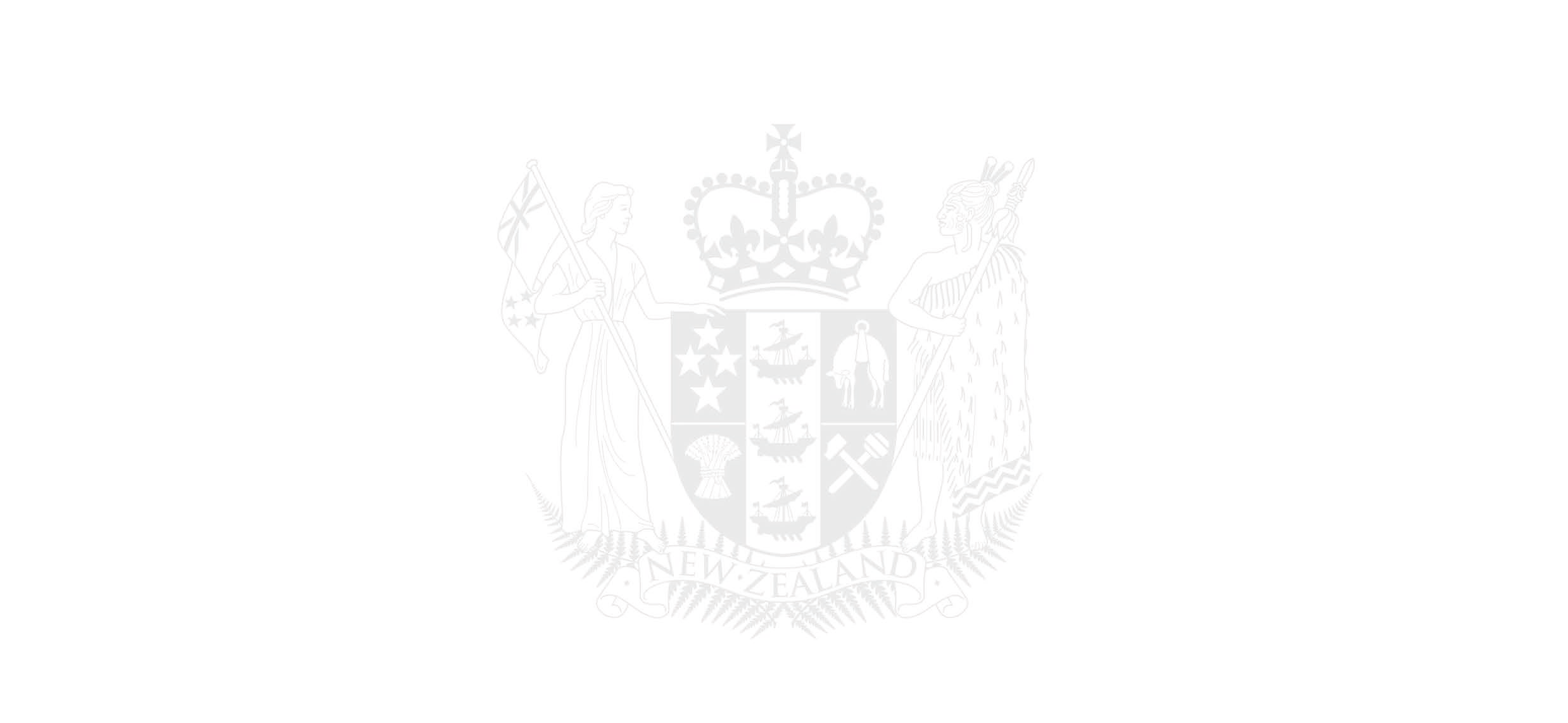

11 May 2022
Chuck Schooner
[FYI request #19133 email]
Dear Chuck
Official Information Request
Our Ref: OIA 2022-0056
I refer to your official information request which was transferred to Te Kawa Mataaho Public Service
Commission (the Commission) from the Office of the Minister for the Public Service on 20 April 2022
where you asked the following:
“Please provide any and al correspondence, emails, directives, guidance to government
agencies in relation to workers going back into their brand new offices, multi million dol ar fit-
outs that have al been empty whilst our public servants have had a two year holiday. Not that
the productivity wil change but at least get them back in the office for their glorified benefit to
support the productive side of the economy that pays their wages.
Please include in the correspondence above
- What does the guidance look like - 80, 90 or 100% of staff in office?
- Number of days workers are required to be in office
- How many agencies have pushed back if any - what emails came back pushing back
- Who sent the directive out?
- I want to see the formal directive sent to the individual agencies and their responses if any”
Our Response
On 23 March 2020, the Government announced that New Zealand would move to Alert Level 4. Alert
Level 4 was about stopping the spread of the virus and saving lives. It didn’t mean everything stopped.
It was essential that the Public Service kept working and delivering services for New Zealanders.
Public servants had a critical role in the Government’s response to COVID-19. Our mission was to
implement the Government’s response effort and keep the Public Service running to deliver the
services that New Zealander’s rely on.
Since then, and while in the different Alert Levels or settings of the COVID-19 Protection Framework
(the traffic lights), the Commission issued workforce guidance to assist agencies with workforce
matters. Thes
e guidelines were updated as decisions about alert levels were being made. The
guidelines now operate under the COVID-19 Protection Framework and are publicly available on our
website:
Public Service workforce guidance for the COVID-19 Protection Framework | Te Kawa
Mataaho Public Service Commission.
Level 10, RBNZ Building | 2 The Terrace | PO Box 329
Wel ington 6140 | New Zealand
Phone +64 4 495 6600
Under the Alert Level 2 Guidelines, agencies were asked to make a progressive and careful return to
their usual place of work. It was for chief executives to manage this in the context of their own
workforce. Each workplace and workforce are different.
The guidelines did not ask or instruct public servants to work from home, but physical distancing
would have been more of a challenge in some workplaces than others and chief executives would
have configured their workforces accordingly. Chief executives managed the return of public servants
to the office without compromising health and safety.
The latest guidance includes information regarding operating services under the COVID-19 protection
framework and outlines working practices under the different settings of the traffic light system. The
guidance recommends that workplaces are open and alternative working practices are used as the
exception rather than the standard. Working from home may be appropriate for some people i.e if
their particular individual circumstances warrant it.
It is also important to note that public servants have been working to deliver services throughout the
COVID-19 pandemic, and more recently with the Omicron surge under the Covid Protection
Framework, regardless of their place of work. Many public servants, especially those in frontline roles
such as at the border, in prisons, courts and Oranga Tamariki Residential Care homes, have been
working in their usual workplaces throughout the Omicron outbreak.
As part of the Commission updating Public Service workforce guidance as New Zealand moved phase
settings, the Public Service Commissioner sent emails to the Public Service Leadership Team (PSLT)
advising that the guidance had been published and referring to guidance in relation to employees
working from home.
At specific points in time the Commission has tested the progress of agencies with return to usual
working arrangements and has supported their preparations for staff to return to the office by
facilitating meetings with Heads of HR and agency chief executives.
Please find enclosed and outlined in the table below emails from the Public Service Commissioner to
the PSLT:
Item
Date
Document Description
Decision
1
23 January 2022
Email from the Public Service Commissioner titled Released in part
operating under the red setting
2
15 February 2022
Email from the Public Service Commissioner titled Released in part
Move to Phase Two: Slowing the Spread
3
25 February 2022
Email from the Public Service Commissioner titled Released in part
Moving to Phase three….!
You may also find the information regardin
g flexible work by default guidance and resources which is
publicly available on our website useful.
The Commission has not issued a formal directive to agencies, nor have we received any push back
from agencies in relation to the guidance. We are therefore refusing this part of your request under
section 18(e) of the Official Information Act 1982 on the grounds that the information does not exist.
If you wish to discuss this decision with us, please feel free to contact
[email address].

You have the right to seek an investigation and review by the Ombudsman of this decision.
Information about how to make a complaint is available at
www.ombudsman.parliament.nz or
freephone 0800 802 602.
Please note that we intend to publish this letter (with your personal details removed) and enclosed
documents on the Te Kawa Mataaho Public Service Commission’s website
Yours sincerely
Nicky Dirks
Manager – Ministerial and Executive Services
Te Kawa Mataaho Public Service Commission
Document Outline


